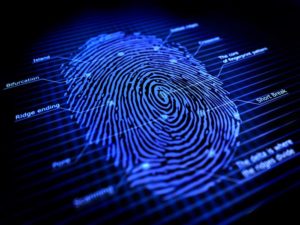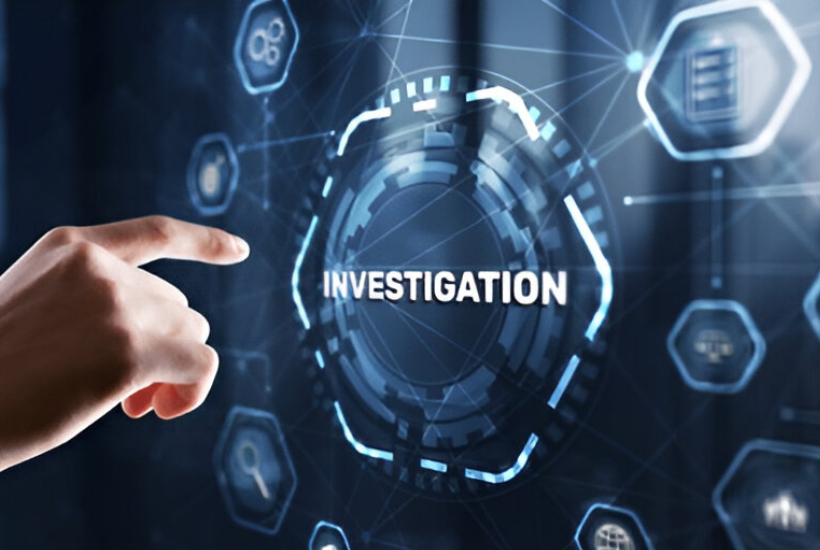(888) 737-7690

JRS Investigations for Criminal Investigations in Cozumel Mexico
Top Reasons to Hire JRS Private Investigators for Criminal Investigations in Cozumel, Mexico:
This includes collecting physical evidence like fingerprints, DNA, and documents, as well as interviewing witnesses and suspects. Collecting evidence from a crime scene involves systematically documenting, locating, and preserving items that can shed light on the event. This includes photographing the scene, taking measurements, and collecting various types of evidence like fingerprints, biological samples, and trace materials. Proper packaging and labeling are crucial to maintain the integrity of the evidence and ensure it can be used in court.
Investigators analyze crime scenes to identify clues, determine the method of the crime, and potentially identify victims.
Analyzing a crime scene involves a systematic approach to documenting, collecting, and interpreting evidence to reconstruct events and identify possible suspects. This process includes securing the scene, documenting it through photographs and sketches, searching for and identifying evidence, collecting and preserving evidence, and finally analyzing the evidence to reconstruct the crime and identify potential suspects.
Investigators use evidence and information to narrow down the field of suspects and develop probable cause for arrest or prosecution. Identifying suspects in criminal investigations involves a multi-faceted approach, combining visual identification procedures, forensic analysis, and sometimes the use of AI technologies. Visual identification methods, such as lineups, show-ups, and photo arrays, rely on eyewitness accounts, while forensic data like DNA and fingerprints provide concrete evidence. AI can assist by using facial recognition and other technologies to speed up the identification process.
Investigators piece together events surrounding the crime to understand the sequence of events and the motives involved. Creating a timeline is a useful way to plan a project or show how a project has developed over time. You can use timelines either for your own planning or as a clear way to show information to work colleagues, customers or other people.
Criminal investigators utilize forensic science and legal procedures to ensure evidence is collected and processed correctly. The intersection of legal and scientific methods is crucial in various aspects of the justice system, from admissibility of evidence to policy-making and legal research.
Types of witnesses in criminal cases
- Eyewitnesses (or lay witnesses): The most common type, these are individuals who directly saw or heard a crime take place. Their testimony is considered direct evidence and can be very powerful in convincing a judge or jury. However, memory can be fallible, and factors like stress or suggestion can impact the accuracy of an eyewitness account.
- Expert witnesses: These individuals have specialized knowledge or skills that help explain complex evidence or technical subjects. A forensic scientist might testify about ballistics, or a psychologist might speak about the defendant’s mental state.
- Character witnesses: These are people who testify about the reputation, personality, or behavior of the victim or defendant based on their personal relationship with them.
- Alibi witnesses: These individuals provide testimony that the defendant was in a different location when the crime was committed, which can create reasonable doubt.

